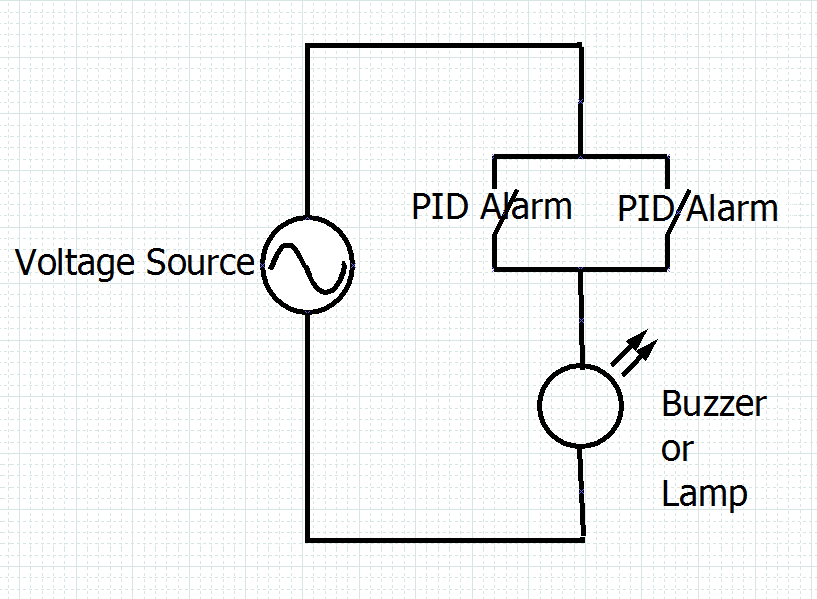augiedoggy
Well-Known Member
Copper is also selling for about 10 times the price of stainless these days and you can't clean it the same way as stainless, so it's less popular. It is a far better heat conductor than stainless. I use it for my heat exchangers, nothing wrong with it.
Regarding contact with wine, wine is far more acidic than beer. Generally sits around pH 3.45 or even lower.
Interesting. I thought about the cleaning aspect too..
My plate chiller contains copper as well... I believe most if not all of them do.




![IMG_20160105_181759298[1].jpg IMG_20160105_181759298[1].jpg](https://cdn.homebrewtalk.com/data/attach/279/279438-IMG-20160105-181759298-1-.jpg)
![IMG_20160105_181900364[1].jpg IMG_20160105_181900364[1].jpg](https://cdn.homebrewtalk.com/data/attach/279/279440-IMG-20160105-181900364-1-.jpg)
